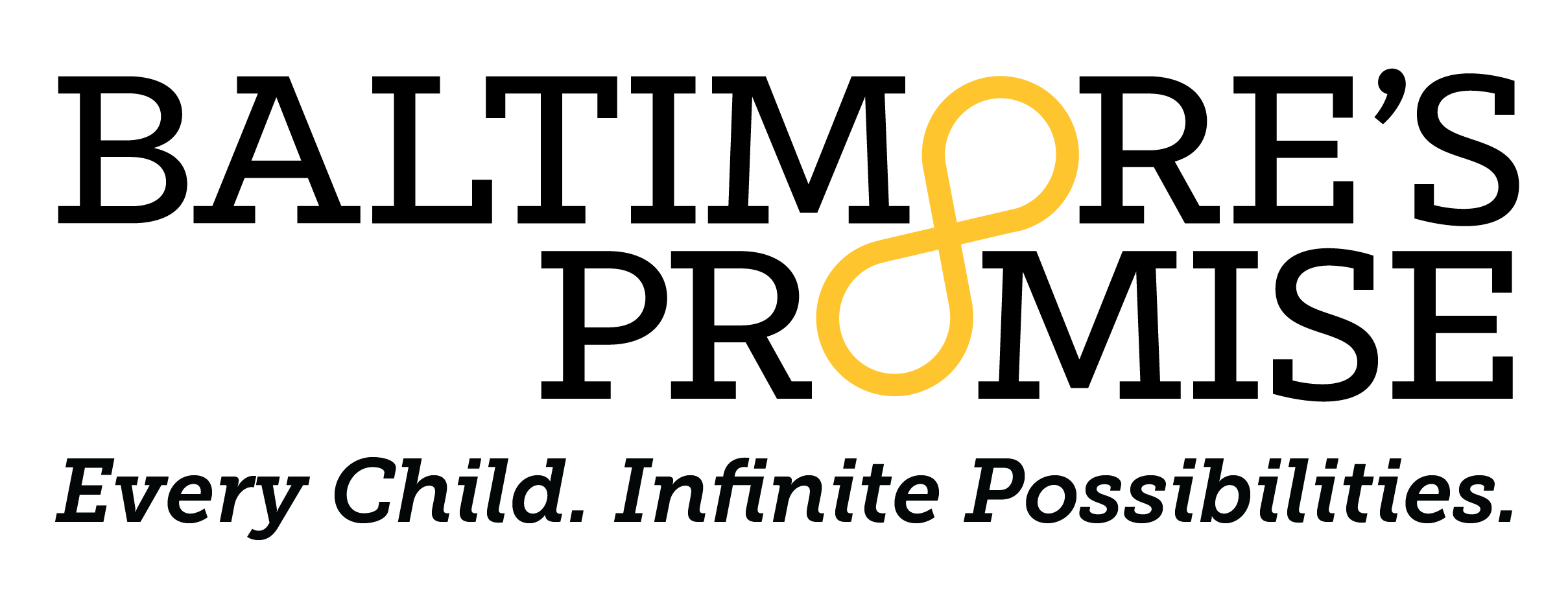Data is What’s Needed to Step Up to the Moment
Information available through the Baltimore City Youth Data Scorecard is always invaluable, an essential resource for anyone invested in the health of the city—and even more so in challenging economic moments, including when state resources are strained and federal priorities are in flux.
“Now, more than ever, we need to prioritize data-driven decision-making,” said James Sadler, Director of Research for Baltimore’s Promise. “Young people need resources. This data tells us what they need and how to prioritize it so that when we advocate for not only government stakeholders, but for youth, community, nonprofits, and the philanthropic community, to come together and step up to the moment to support our young people, we have the data to drive action.”
The Youth Data Scorecard, created and maintained by Baltimore’s Promise, serves as a central repository for information on the health and well-being of children and young people in Baltimore City—the only resource that makes this data available in one easy-to-access location. Baltimore’s Promise recently released its annual update, offering a temperature check on how young people are doing.
The information is gleaned from a wide variety of public sources. Education indicators, for example, are largely pulled from the Maryland Department of Education’s School Report Card’s state-, district-, and school-specific data. Analysts pull from the Census and other sources to calculate indicators such as median earnings by education level, unemployment rates by age, and the percentage of Opportunity Youth—young people ages 16 to 24 who are neither in school nor working.
Baltimore’s Promise uses this data to shape and evaluate the effectiveness of its own efforts. The indicators are foundational to the organization’s five-year strategies, and help define and track the ambitious goal of putting 42,000 young people on the path to economic mobility by 2030. By consolidating the data information in one location, however, Baltimore’s Promise makes it more readily accessible to vital constituencies, such as local community leaders, community providers, and young people themselves.
“We want to be up to date with all the data points so we can understand where potential gaps might need to be filled in, or what data points we can use to advocate,” James said. “The other really big part is that we want to ensure that data is accessible to the wider Baltimore community. We have created a one-stop hub that people can go to for trusted data on our young people in Baltimore.”
Individuals and organizations using the information represent a vast spectrum of interests.
Parents can use education data to advocate for a local school.
Investors can explore how best to direct funding for programs serving youth in the summer.
Lawmakers can shape policy in response to differences in local and state outcomes, or in the face of racial disparities.
Over the next several months, through a process led by Senior Manager of Data Analytics Billie Sun, Baltimore’s Promise will be re-imagining the Youth Data Scorecard to help even more people find the answers they need.
"We’re always looking for new ways to use data to track our progress toward improving the lives of young people in Baltimore City,” said Billie. “As we expand our team and data communities, we’re also working to enhance the quality and relevance of our Scorecard Dashboard to better support each other's goals."
Everyone in Baltimore can be an advocate! Use the Youth Data Scorecard to strengthen your own advocacy in school board meetings, letters to lawmakers, and engagements with community leaders.
Is there something you would like to see integrated into the Youth Data Scorecard as we make it even stronger for our community? Reach out to Billie at billie@baltimorespromise.org and share your thoughts!


